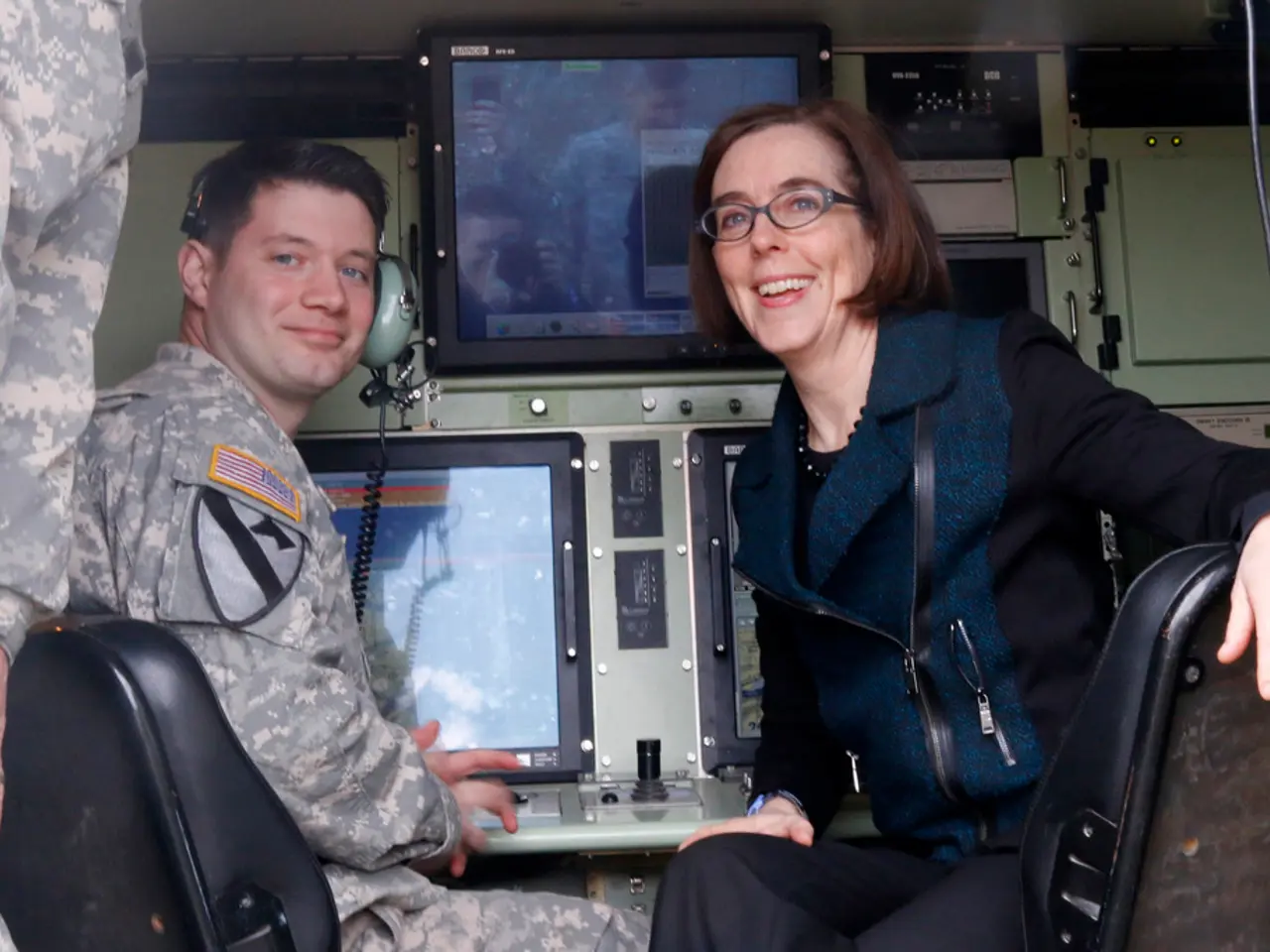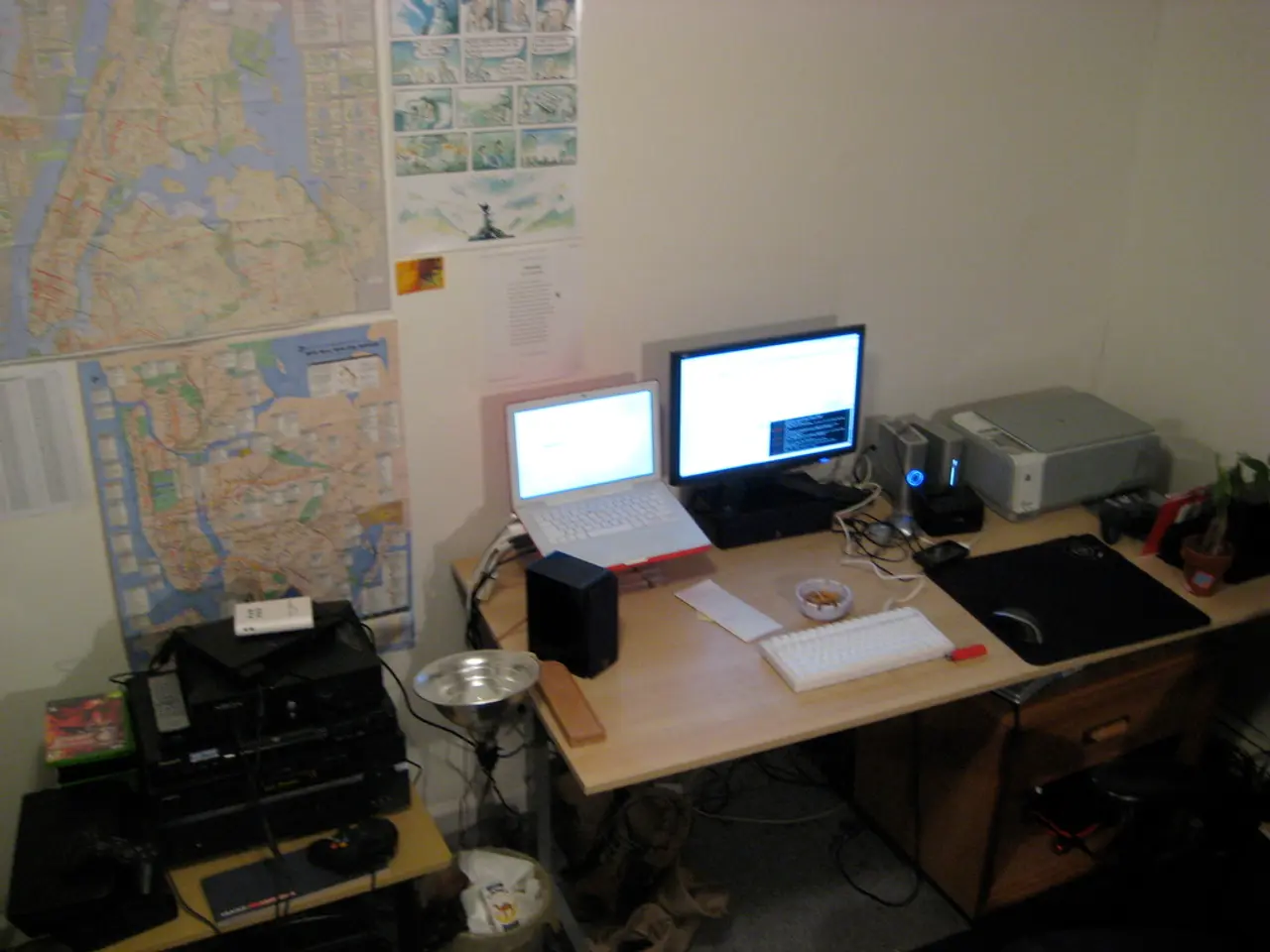Turbulent Voyage of Boeing's Starliner Towards Manned Space Travel
Boeing's Starliner spacecraft, designed for transporting astronauts to and from the International Space Station (ISS), has faced a series of setbacks since its development began more than a decade ago.
The spacecraft's first orbital flight test in December 2019 encountered software glitches, preventing it from reaching the ISS. An attempt to retry the test in August 2021 was canceled due to issues with the capsule's propulsion system valves. These challenges have resulted in financial losses for Boeing, with the company taking charges of over $1.5 billion against earnings for the Starliner program by 2022.
Despite these difficulties, the Starliner's next major milestone, the Crew Flight Test (CFT), was scheduled for early May 2024, with astronauts Butch Wilmore and Suni Williams aboard. However, this test faced major technical issues, including helium leaks and thruster failures, leading to an extended stay at the ISS and a return to Earth without crew.
As of mid-2025, NASA and Boeing have postponed Starliner's next launch to early 2026. This upcoming mission is expected to be uncrewed—likely a cargo-only test flight—to validate recent fixes, especially addressing the thruster and sealing problems that caused earlier failures. NASA Commercial Crew Program manager Steve Stich confirmed this timeline and the rationale behind potentially conducting a non-crewed flight first, emphasizing ongoing work at facilities like NASA’s White Sands Test Facility to test new sealing compounds and thruster components.
The goal remains to achieve operational crew rotation flights with Starliner for ISS astronaut transport, projected for no earlier than the second crew rotation slot late in 2026, following successful resolution of technical issues and demonstration flights.
In summary, Starliner is not yet certified for regular crewed operations and remains in a critical testing and development phase as of July 2025. Boeing was awarded a $4.2 billion contract in 2014, alongside SpaceX's $2.6 billion contract, to build a capsule for astronaut transportation to and from the ISS. If successful, the CFT could lead to NASA certification of the Starliner by the end of 2024.
Engineers have faced challenges such as flammability issues with tape used to protect wiring inside the spacecraft and the need to redesign the parachute system after a test failure. However, in May 2022, the Starliner successfully completed its second uncrewed orbital flight test, docking with the ISS and returning safely to Earth. The spacecraft's journey towards regular crewed operations continues, with hopes for operational flights in late 2026 or later.
- The setbacks in Boeing's Starliner spacecraft development, initially intended for space tourism and commercial space projects, have also impacted the broader space economy and space policy.
- The aerospace industry, with its reliance on science, technology, and finance, has been watching the Starliner's progress closely, as its success could significantly contribute to the growth of the commercial space industry.
- NASA's White Sands Test Facility, a critical hub for space-and-astronomy research and technology development, is currently working on testing new sealing compounds and thruster components for the Starliner, with the aim of resolving the technical issues that have stalled its progress.
- As space tourism and commercial space activities gain traction, the successful resolution of technical issues and certification of the Starliner could open new opportunities in the space economy, reinforcing the importance of overcoming these challenges in the near future.




